
- beagle
- great dane
- irish setter
- collie
- saint bernard
- bull terrier
- english setter
- cocker spaniel
- dog breeds
- pointer
- fox terrier
Accepted into AKC in 1885, the Saint Bernard swiftly rose to the position of the most popular dog of the 1890s. To this day, it is the only giant breed to secure the country’s top position as well as the only number-one breed to never appear in the top ten again. In later decades, two large German working dogs did get close to the number-one position. The Doberman Pinscher rose to the number-three position in the 1970s, and the Rottweiler to the number-two position in the 1990s. The Great Dane’s appearance in the top ten of the 1890s marked its only top-ten ranking in its history.
1. Saint Bernard
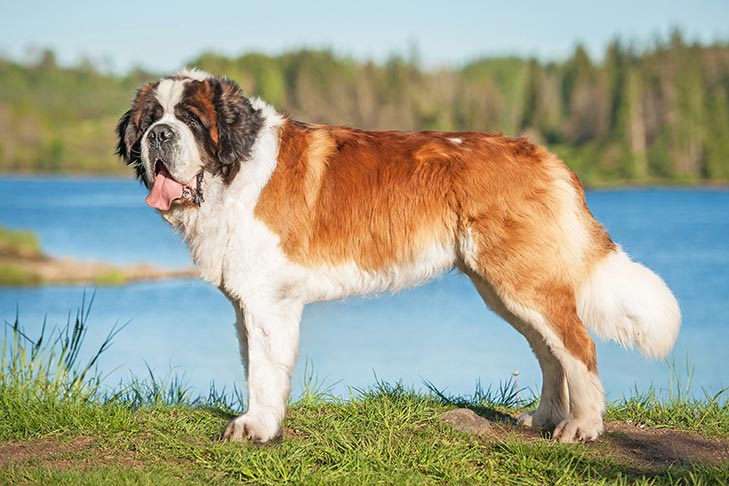
Shrouded in legend and the mists of time, the origin of the Saint Bernard is subject to many theories. It seems most probable that the Saint Bernard developed from stock that resulted from the breeding of heavy Asian “Molosser” (Canis molossus), brought to Helvetia (Switzerland) by Roman armies during the first two centuries A.D., with native dogs which undoubtedly existed in the region at the time of the Roman invasions.
2. English Setter
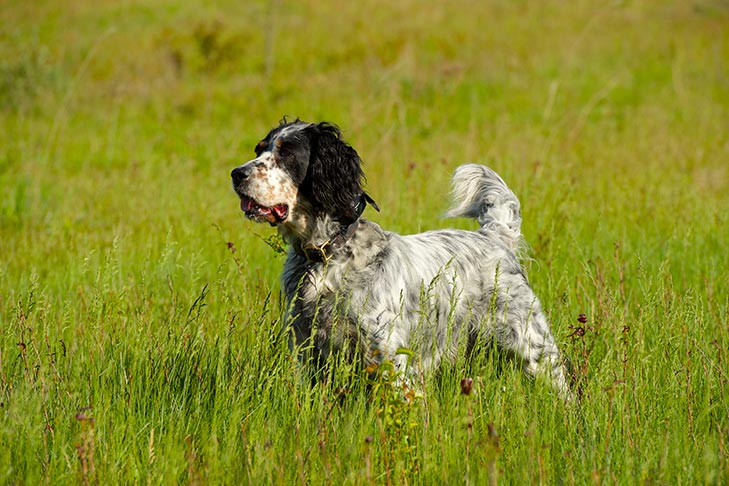
From the best authorities on the subject, it appears that the English Setter was a trained bird dog in England more than 400 years ago. Evidence points to the English Setter’s origins in crosses of Spanish Pointer, large Water Spaniel, and Springer Spaniel, which combined to produce a superb bird dog with a high degree of proficiency in finding and pointing game in open country.
3. Pointer

The Pointer was the first dog, so far as we know, used to stand game in the sense in which we use the term today, and was developed as a distinct breed much earlier than any of the setters. It seems likely that Pointers came into general use in Spain, Portugal, throughout Eastern Europe, and in the British Isles at approximately the same time, although the development of the English Pointer took place in Great Britain.
4. Collie

There are two varieties of Collie, the rough-coated being by far the more familiar. However, many fanciers have increased their breeding of the smooth-coated variety and many smooths of excellent type are now being exhibited. Although the exact origin of the Collie remains an enigma, both varieties existed long ago in the unwritten history of the herding dogs of Scotland and northern England.
5. Fox Terrier
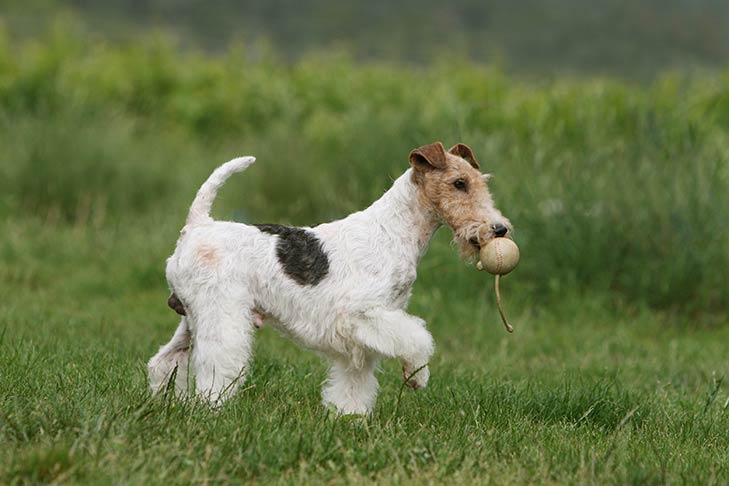
The Fox Terrier is an old English breed. For almost 100 years it was registered and shown in the United States as one breed with two varieties, Smooth and Wire. Smooth Fox Terriers preceded the Wires in the show ring by 15 to 20 years. At first, they were classified as sporting dogs, a tribute to their keen nose, remarkable eyesight, and stamina in driving foxes from their hole.
6. Cocker Spaniel

The Spaniel family is a large one of considerable antiquity. As far back as the 14th century, we have mention of the Spanyell, which came to be divided into water and land spaniels. Further divisions in land spaniels were based on size. “Cockers” were the smaller of the two types of spaniels and to this day the Cocker Spaniel is the smallest in the Sporting Group.
7. Irish Setter

The Irish Setter first became a popular breed in the 18th century. The solid-red Setter first appeared in Ireland in the 19th century and in 1812, the Earl of Enniskillen declared that he would have no other breed in his kennel. Solid red became synonymous with dogs of “high mark” and the breed was revered for its remarkable sporting abilities.
8. Beagle
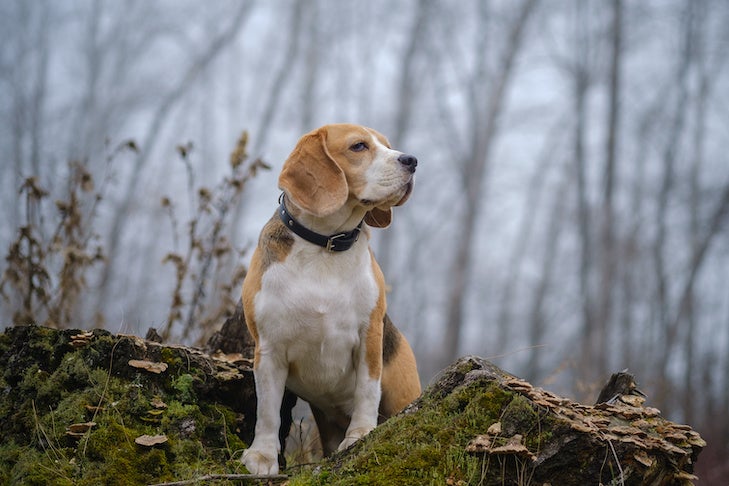
The actual origin of the Beagle seems to be obscure because of the absence of reliable documentation on the earliest days of development. The turning point for American Beagles came in the 1860s, when dogs from a well-bred strain in England were imported to inject a beautiful breed type.
9. Great Dane
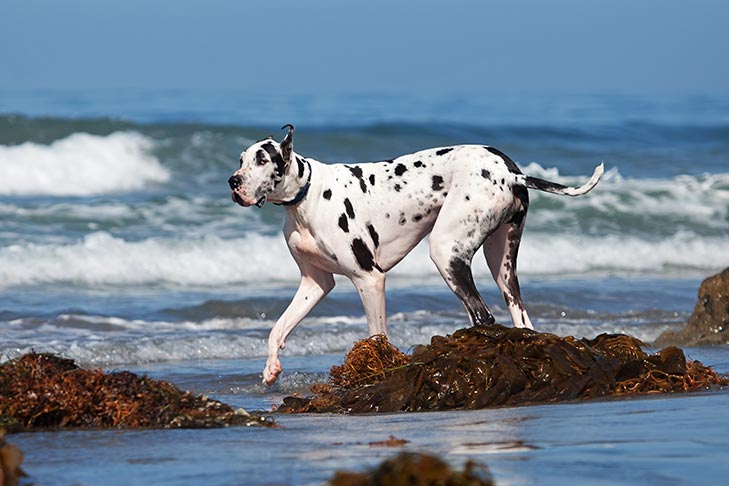
It is believed that the Great Dane‘s origins can be traced to the Irish Wolfhound with a mixture of Old English Mastiff. The breed’s name is the English translation of Grand Danois, French for “Big Danish.” In 1891, the Great Dane Club of Germany adopted a standard, or official description, of the breed.
10. Bull Terrier

The Bull Terrier, crossed between Bulldogs and various terriers, gained popularity in the early 1800s among the sporting fraternity. These crosses combined the determination and courage of the Bulldog with the natural agility and intensity of the terrier. They ranged in size and color. Some show more Bulldog heritage, while others are more terrier-like.

